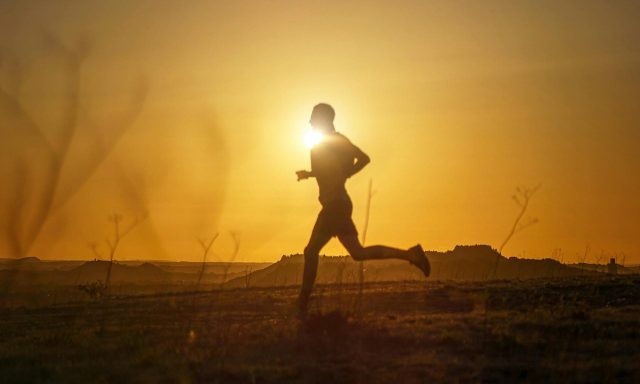Vitamin D is known as the sunshine vitamin, which makes it more difficult to get enough in certain places and at certain times of the year. You can get vitamin D from the sunlight on your skin, a supplement, and from a few foods like fatty fish, mushrooms, and eggs. Your body needs vitamin D to absorb calcium, which is an important part of your bones. Vitamin D also supports your immune system and helps your muscles and brain cells function properly.
What does exercise have to do with your vitamin D levels? In this interesting hot-off-the-press study, researchers find out. Let’s look at the research.
The study

In a study published in Advanced Science, researchers explored whether exercise protects against the drop in vitamin D levels often experienced over the winter months. With less sunlight in the winter months and, consequently, less vitamin D, the researchers explored how moderate-intensity exercise affects vitamin D levels in winter.
The randomised controlled trial involved 50 overweight or obese adults who were sedentary but free from chronic disease. Participants were split into an exercise group and a control group, and they were told to avoid taking supplements. The trial occurred between October and April, when there is less sunlight in certain parts of the UK. Participants were told to continue with their habitual lifestyle and maintain total body mass over the intervention. Polysulfone badges were used to record participant sunlight exposure.

Those in the exercise group completed a 10-week indoor exercise program with four weekly sessions:
- Treadmill walk
- Treadmill walk
- Longer steady-state bike ride
- High-intensity interval bike session
The results

The results revealed the following:
- Vitamin D levels dropped by 15% for the exercise group over winter compared to a 25% drop for those who didn’t exercise.
- Those in the exercise group maintained healthy levels of the active form of vitamin D, while the group that didn’t work out saw a 15% drop in the active form of vitamin D.
Overall, researchers found that staying regularly active helped maintain basal resting vitamin D levels during the winter months. Those who exercised experienced significantly smaller drops in those vitamin D levels compared to the control group who didn’t exercise. Exercise helped to maintain the body’s active form of vitamin D. Vitamin D supplements might not be enough to help preserve this active form of vitamin D, which is where exercise could play a crucial role.
Concluding thoughts

Even without supplements, this trial shows us that moderate-intensity physical activity helps maintain vitamin D levels. Vitamin D is protective for your immune system, bone health, and more, so it’s worth keeping up with your regular weekly workouts in those darker winter months. Previous research has also shown that a single exercise session can briefly increase those vitamin D levels, and exercise can improve vitamin D nutritional status in those who are deficient.




